Drip, Drip, Drip, the Bucket Fills
For thirty years, Gelek Rimpoche was my root guru. The word guru means spiritual friend but he was more than that. Even eight years after he passed away, he is still the tentpole of my life.
Yet, when I try to articulate what I learned from Rimpoche I come up blank. How to explain that all those years of going on retreats, having lunches with Rimpoche, receiving dharma transmissions and traveling through India together are how I learned, but not what I learned.
What I do know is what happened to me after I met Rimpoche. How year by year, things shifted. Even if it’s hard to say what changed or grew or was released, I know that just like putting a tea bag in hot water turns it into tea, Rimpoche steeped me in the teachings of the Buddha and I became a different person.
I wasn’t always a good disciple. Loyal, yes. Eager, yes. Confused, also yes. When I first met Rimpoche I took on one and another and then a third Vajrayana sadhana, and suddenly I had a daily two-hour meditation commitment.
After doing these intense practices for two years, I missed a day. I didn’t realize it until I got up in the middle of the night to go to the bathroom and I remembered. So at 2:30 a.m. I sat down in front of my altar, which was a shelf in my bookcase, and did my recitations because I knew that if you miss a day, you are required to do the practice twice the next day.
But then I missed another day and another day. I practiced twice each time. Then I began missing more than I practiced and I felt my commitment waning. After a month of sporadic practice I knew it was time to meet with Rimpoche.
As soon as we sat down together, I blurted out, “Rimpoche, I stopped doing my practice.”
He was surprised and asked, “Why?”
“I don’t know. It just seems like too much and I feel like I don’t completely understand what I’m doing. I feel so guilty.”
He was surprised again. “Guilty? Why guilty? In Tibetan there is no guilty. No need to feel guilty.”
“Well, I just feel bad that I haven’t kept my commitment.”
Rimpoche kindly said, “No problem. You are too busy these days running your yoga studio. We can adjust your practice so it fits your life. Drip, drip, drip, the bucket fills.”
So maybe the first thing I learned from Rimpoche is to stay the course, to take the long view. When he gave me my practices, I knew I was making a commitment to him but it was only later that I came to understand he was making a commitment to me. When we bowed to each other and he touched his forehead to mine, it was a blessing but also a promise to always be there for me.
How To Take Refuge in Myself
When Gelek Rimpoche gave refuge to me in 1990, I didn’t quite realize what had happened. He wasn’t the kind of teacher who made a big deal out of taking refuge.
But Rimpoche was kind and when I was around him, I thought, “I’ll have what he’s having.” What he was having is what he was giving: straightforward teachings about profound experiences that are available to all of us. He told us that we could dedicate our lives to the benefit of all beings, that we could become awakened in this lifetime. My friends who’d introduced me to Rimpoche, all of whom were his students, were people that I deeply admired and trusted. It was a natural step to trust Rimpoche, too.
I already had confidence in the sangha, Rimpoche’s students, and now I had confidence in Rimpoche, and his teachings of the Buddhadharma. All three had become my refuges.
Over the years I learned that Rimpoche could read my mind. On one particular retreat, he waved me up to him during the break. He said, “What’s wrong? Your husband?” I replied, “ Yes, my husband. He has been unfaithful.” Rimpoche held me close as I cried on his chest like a little child sobbing in her mother’s arms.
As I told him a little bit more about what had happened and how heartbroken I was, he nodded kindly. I had a sense that he had heard this story many times before and then he told me about some others who had also lived through this particular pain.
As I gathered myself together, he said “You know this is just samsara. You can’t take it personally.”
I contemplated his words for a long time, but I just didn’t get his message. How could I not take this situation personally? I had been hurt and wronged, lied to and betrayed. It was personal!
His comment just seemed like such a weird and rather cavalier thing to say. But I remembered what my first dharma sister told me one time, which was that whatever Rimpoche says or does, it is always meant to help you.
So I understood that Rimpoche wasn’t being blasé or cold or dismissive of my situation. Instead of letting me wallow in my suffering, he was showing me a way through it by pointing me back to the dharma.
I knew that Samsara is the wheel of suffering and if you get caught in that turning, it will take on its own endless momentum. Your story line becomes so powerful that it overtakes your mind and you forget the dharma teachings. You forget that all feelings are impermanent and that even the texture of grief changes with time.
I also knew that our practices—mindfulness, contemplation, lovingkindness—are methods for cutting this momentum. It was important to consider the second thing that Rimpoche told me—that even though I felt so alone, the truth is that I am not the only person who has ever experienced heartache.
This realization created some perspective, allowing my story to expand to include the suffering of others in the same boat. Another teacher of mine, Ani Tenzin Palmo, prescribed the practice of Lovingkindness for myself, as a place to start. From there, I was able to practice tonglen—giving and taking—for all those who were in pain from heartbreak like mine or heartbreak of any kind.
Gelek Rimpoche trusted in my basic goodness and my ability to think things through. He showed me that I could be my own refuge by figuring out how to take refuge in my practices. Like a true and good guru, he pointed to the moon and made sure I saw the moon and not his fingers.
Embodying the Dharma
In the early years of my studies with Rimpoche, I got to see him every Tuesday. He flew from his home in Ann Arbor to New York City where our sangha gathered on the floor around him, chanting Tibetan Buddhist mantras. Then he would give a teaching: the meaning of OM; how to work with one’s mind; understanding the Prajna Paramita, or how to be more compassionate.
After his dharma talk, Rimpoche took questions. More than once, I would hear someone’s question and think to myself, “What a stupid question,” at the same time I heard Rimpoche say, “Thank you for asking that. Very good question!”
Over time I understood that while I judged people, almost as harshly as I judged myself, Rimpoche saw our basic goodness. He understood that our dullness or distractedness weren’t signs of inadequacy. They were just our kleshas acting out and once we finally realized that, we could step into our limitless potential for transforming them. He always saw behind the clouds to the blue sky of our true nature.
Each Wednesday after his NYC teachings, I taught a noon yoga class. Without planning it, I started noticing that what Rimpoche had taught the night before would come out of my mouth in that class. Being a dancer and a yogi, it makes sense that insights came to me when I was moving. In those days, I was on fire with teaching yoga and on fire with learning the dharma. I was even more on fire with the dawning realization that yoga is the perfect vehicle for exploring and embodying dharma teachings.
My yoga teachers had typically offered a different approach. They told me exactly how to move my body and exactly what I should be feeling—engage your legs, relax your mind, feel the bliss in this pose.
Not bad instructions, but also not a personal experience of yoga. By this time I had done enough yoga and meditation to know that if your practice isn’t personal, it’s isn’t your practice. (It’s your teacher’s.)
So in Wednesday noon class, I began integrating shamatha instruction into asana practice by inviting my students to place their mind on their feelings, physical and emotional. What was happening with their mind when they were holding a long Warrior Two? Did they their mind travel into the past or future? Ignore the situation? Did the intense feeling in their quadriceps give rise to inner drama?
I suggested that they simply stay with their experience. This exploration inevitably led to the insight that all feelings, physical and emotional, do nothing but change, change, change. Discomfort transforms into interesting sensation. Fear relaxes and evolves into curiosity. Over and over again, I told them whatever they noticed was fine and interesting.
The mindfulness instruction to “place the mind” meshed perfectly with the vinyasa description of “placing in a special way.” As one pose ended and another began, the students understood they were embodying impermanence and interdependence. This changed their yoga exercise into a practice of awakening through yoga asanas.
Rimpoche’s kindness to his followers was also my role model for teaching. I emulated him by never judging any student and always being open to their questions and concerns. If someone was late, I also did what Rimpoche would do: invite them to come in and ask the students to shift their yoga mats to make space for the newcomer. Instead of feeling crowded by squeezing in one more person, this established a welcoming culture and made created a sangha out of every class I taught.
Just one more Thing…..
In the classic Buddhist text, The Bodhisattva’s Way of Life, Shantideva says:
This is why the Lord Buddha has declared
That like a turtle that perchance can place
Its head within a yoke adrift upon a shoreless sea
This human birth is difficult to find!
This verse reminds us of how fortunate it is to have the opportunity to dedicate one’s life to creating the causes and conditions for happiness and generosity. Every day I am filled with gratitude for the guidance and kindness of Gelek Rimpoche and how he shared these precious teachings.
If you liked this article, please scroll down to the bottom and “like” or comment. Substack tells me it helps more people see this post when that happens. Thanks!
If you found this article valuable, please feel free to share it with your friends!
Practice Opportunities
Mindfulness Meditation Mini-Retreats!
Sign up for one or go big with your commitment to practice and sign up for all THREE for a discount.
March 24-28
30 min/day
7-7:30 pm ET
July 14-18
45 min/day
12:15-1:00 pm ET
Dec 1-5
15 min/day
12:15-12:30 pm ET
Paid subscribers, and Moon and Stars sangha members: You can redeem your $40 discount pricing using the button at the bottom of each retreat’s registration page.
Also, you can purchase all 3 retreats for $120:
Join Lifting the Gaze Sangha
Join Lifting the Gaze! We meet 3x/month for meditation and discussion. In February we will be discussing Confession of a Buddhist Atheist, so this is the most perfect moment to join this sangha.
This retreat is already half-full, only 8 spots left!
This retreat is open to everyone! Our practice will focus primarily on sitting and walking mindfulness meditation, sustainable yoga, and restorative yoga. Yoga props will be available in the yoga studio and modifications will be offered for everyone. Each morning will include a short dharma talk and group discussion.





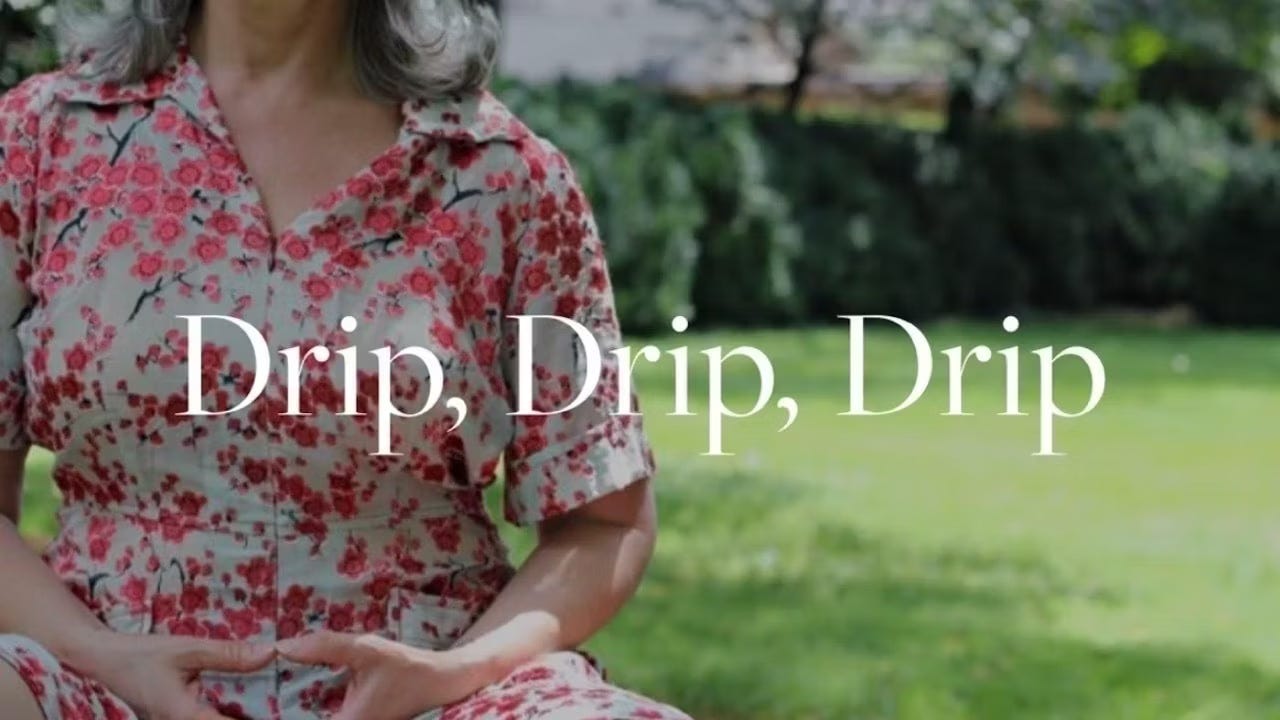
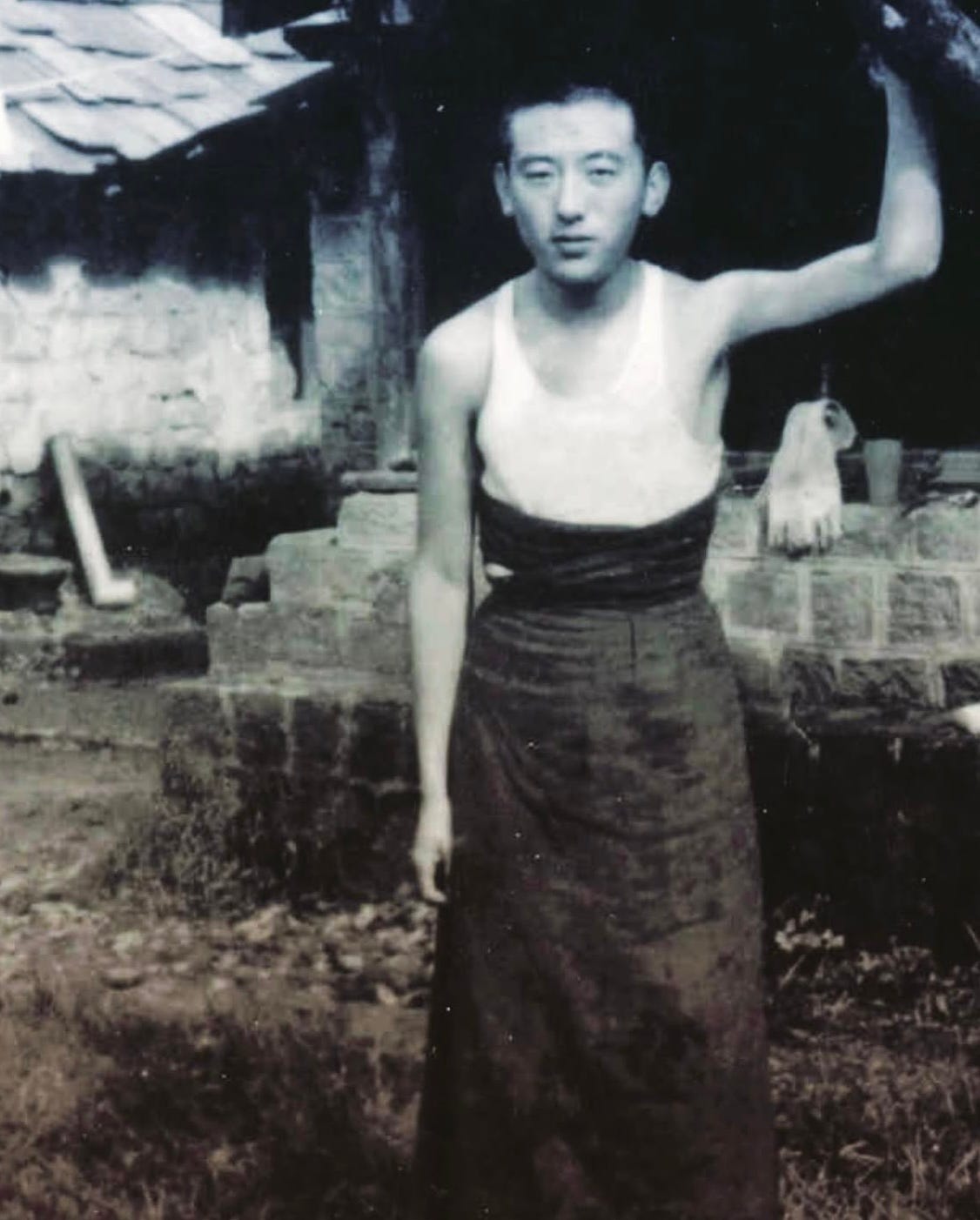

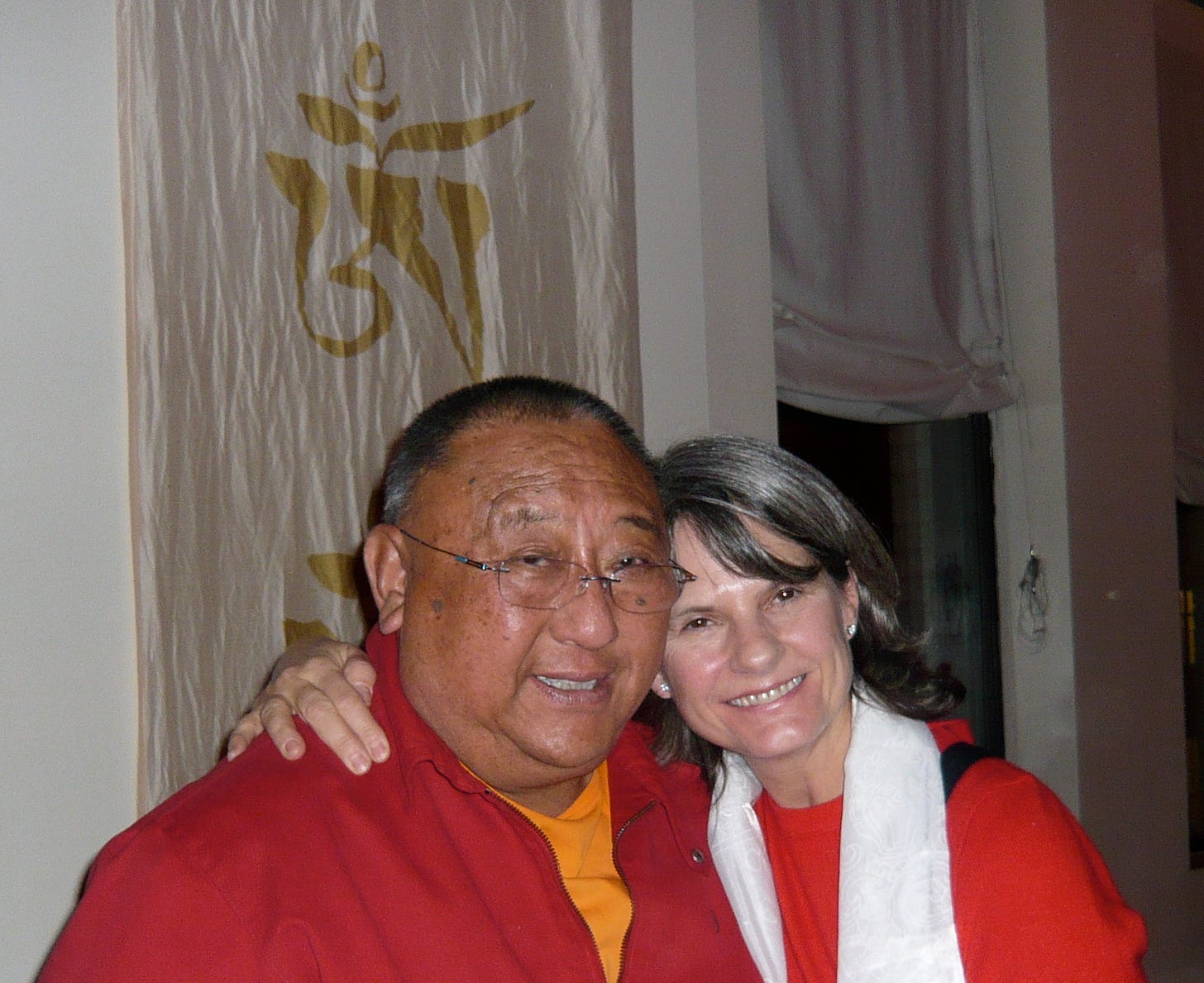
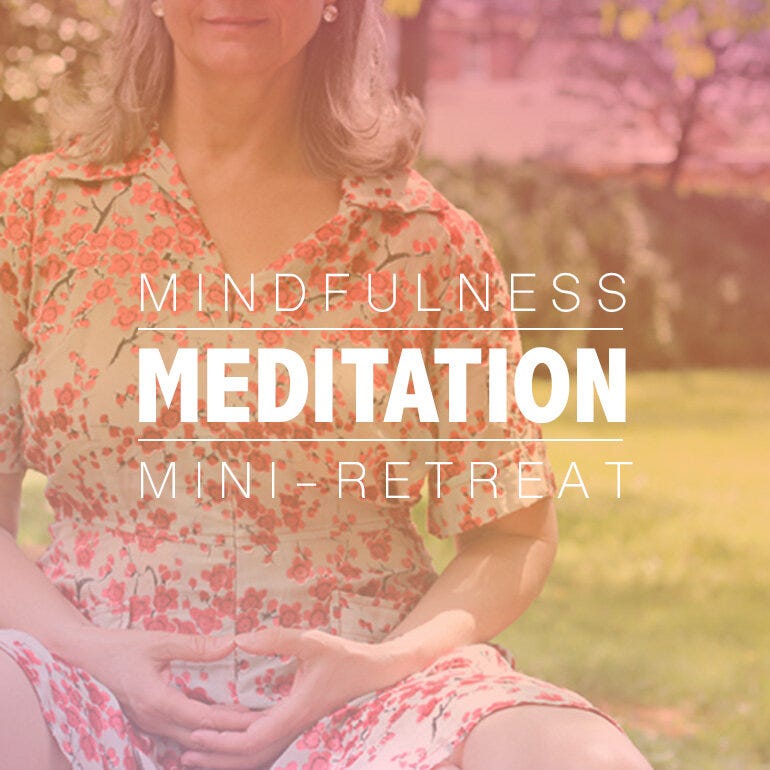
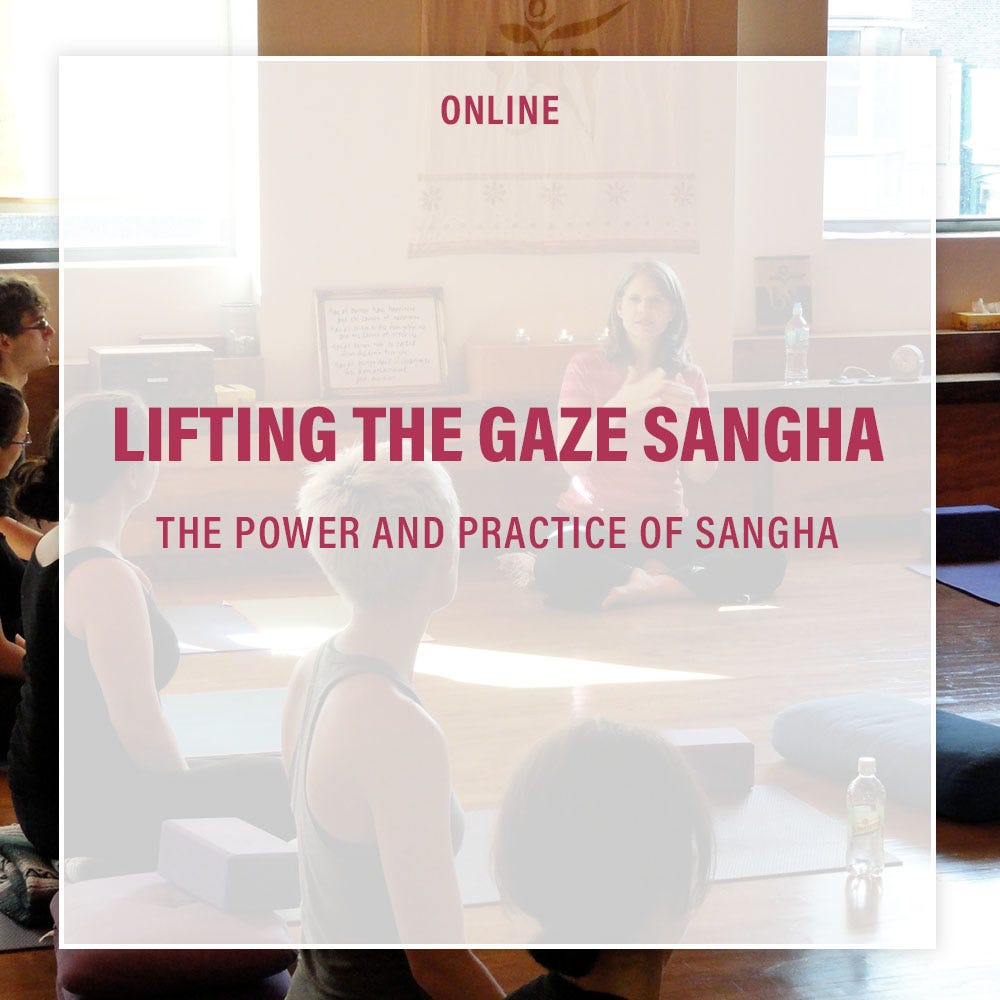
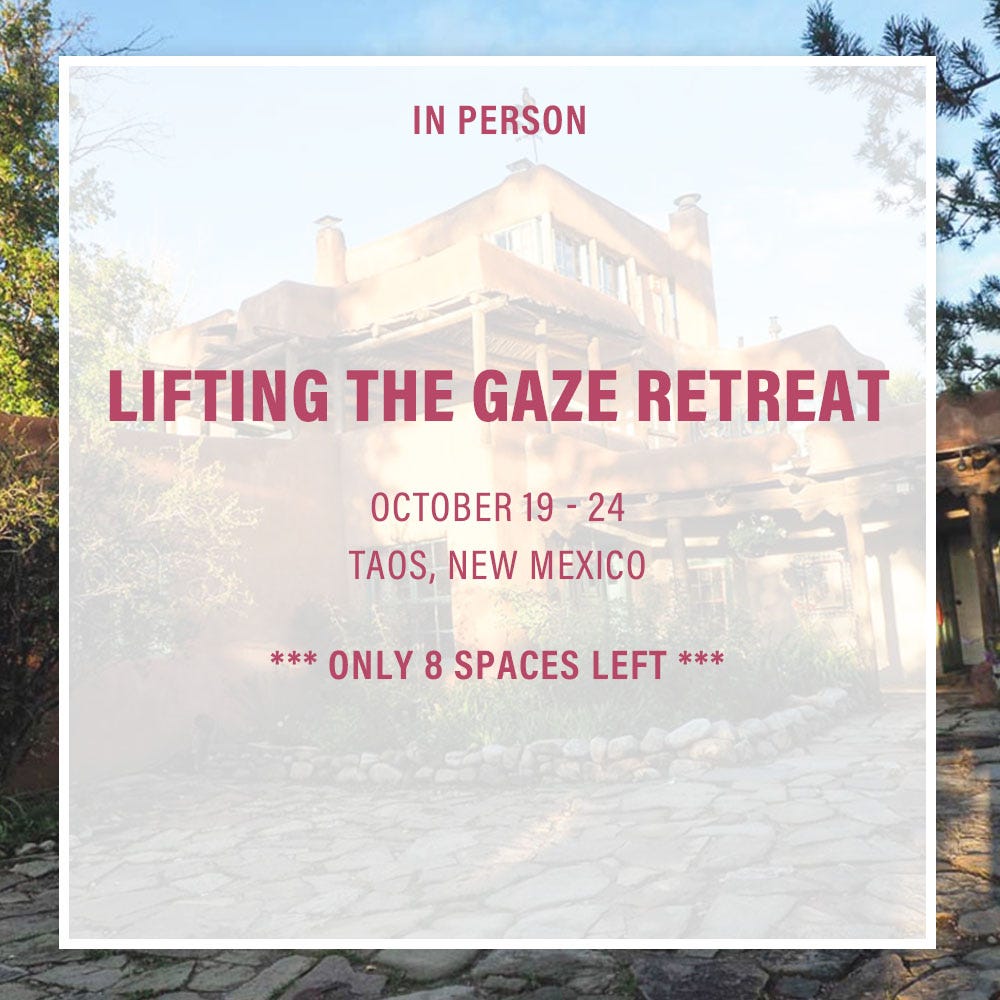
This Substack is rich in wisdom and common sense. Right now in this country there are so many things happening and at such a rapid pace that it is hard to stay present and not play the game of what if: what if I called someone who hadn’t voted and got them to vote; what if he hadn’t won; what if the government fails; what if, what if what if. Your instruction to your yoga students fits us now. “All feelings, physical and emotional, do nothing but change, change, change.” As one things ends another begins and we can relax into curiosity instead of fear. I also think it is of utmost importance that we understand that basic goodness is a part of all of us and we are connected all, even the ones we fear or hold in contempt. We are so fortunate to born into this life where we create the causes and conditions for happiness and generosity. It’s hard, but meditation, contemplation, lovingkindness do foster connections and expand our self-imposed limits. Thanks for another way to live in the world. My life has changed through your teachings and friendship to me.
I needed this in this moment. Thank you.